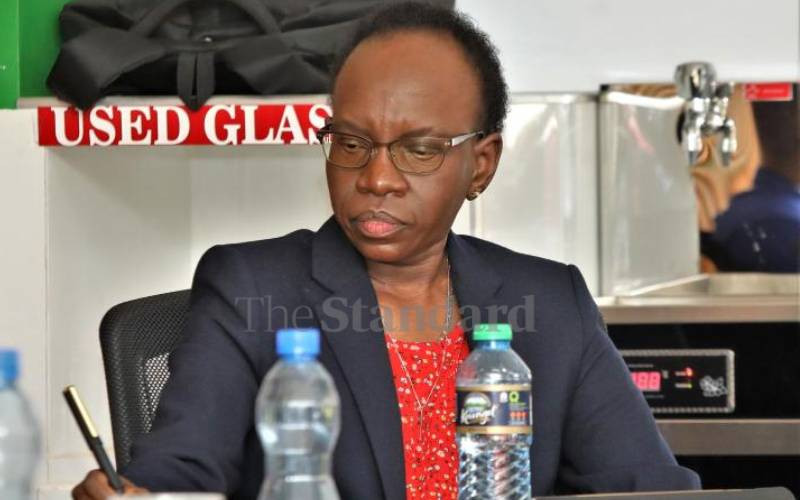×
The Standard e-Paper
Read Offline Anywhere

Auditor General Nancy Gathungu has flagged approximately Sh4 billion allocated for the construction of Competency-Based Curriculum classrooms during President Uhuru Kenyatta's administration as missing.
In her National Government expenditure report for the 2022/23 financial year, Gathungu also raised concerns about the pricing of classroom construction and what she termed as poor workmanship.